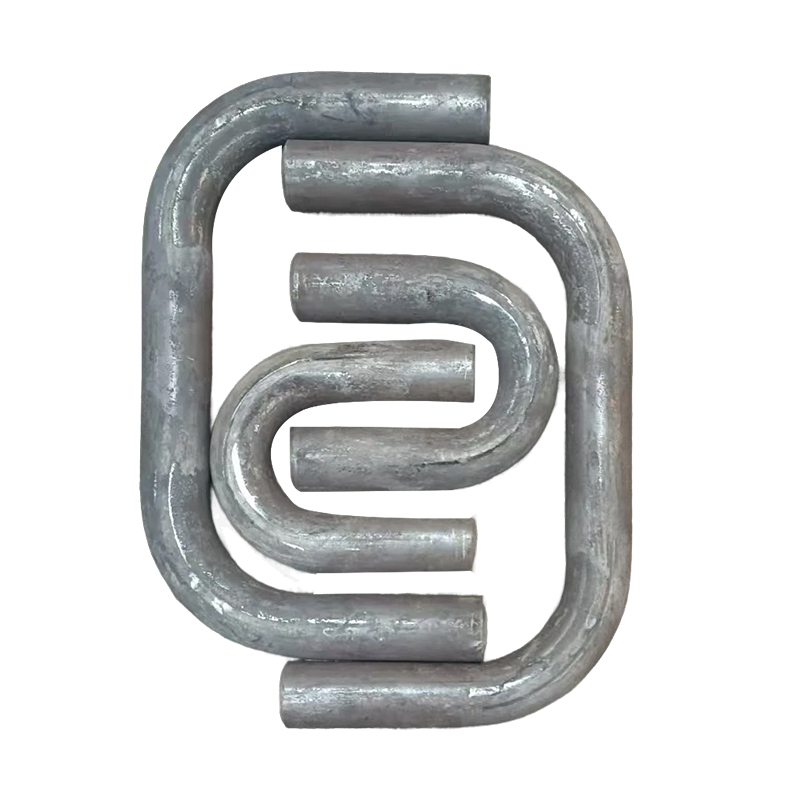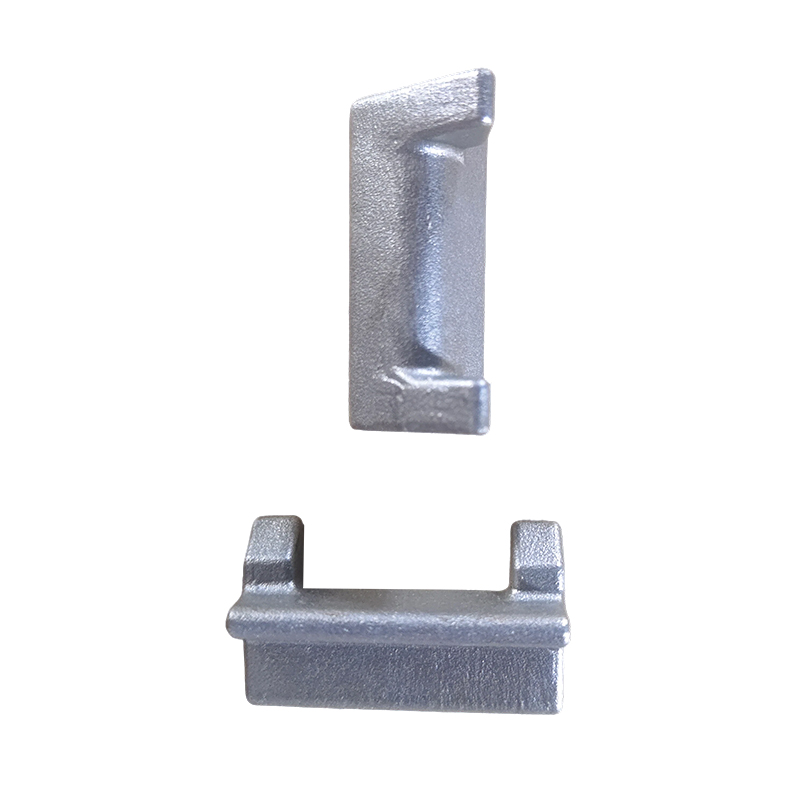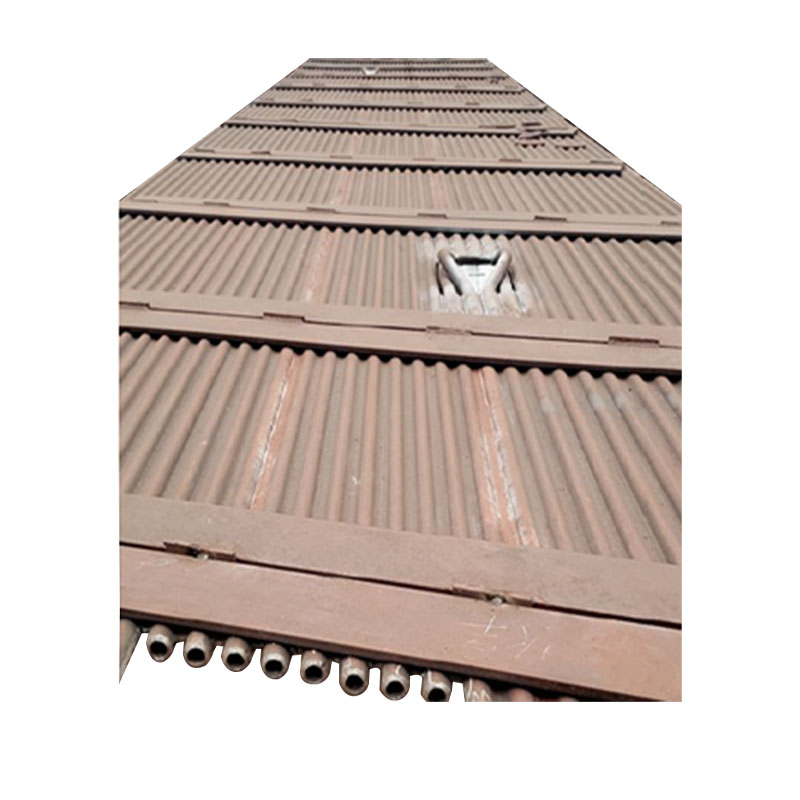Boiler evaporator module products What are the highlights of steam output stability in the face of load changes?
Release Time : 2025-07-08
When boiler evaporator module products face load changes, the stability of steam output is first reflected in its flexible adjustment mechanism. When the external demand for steam suddenly increases or decreases, the sensor system inside the module can quickly sense this change and transmit the signal to the control unit. The control unit will adjust the supply of heat source in time according to the load change amplitude to ensure that the heat entering the evaporator matches the current load, thereby avoiding large fluctuations in steam output and keeping the steam volume stable around the demand value.
Its internal flow channel design also provides a guarantee for the stability of steam output. The layout of the flow channel has been optimized to maintain the smoothness of the working fluid flow when the load changes, and will not cause turbulence or retention due to sudden changes in flow. This smooth flow state allows the working fluid to be evenly heated in the evaporator, avoiding local overheating or insufficient heating, thereby ensuring the stability of the generated steam in pressure and temperature, and providing a reliable steam source for subsequent use.
In terms of heat source utilization, boiler evaporator module products show efficient adaptability. When the load increases and more steam is needed, the module can quickly improve the utilization rate of the heat source, transfer more heat to the working fluid, and speed up the steam generation; when the load decreases, it can timely reduce the consumption of the heat source to avoid energy waste. This precise regulation of the heat source allows the steam output to flexibly follow the load changes, always remain within a reasonable range, and maintain a stable output state.
The thermal insulation performance of the module also plays an important role when the load changes. Good thermal insulation design can reduce the loss of heat during the transfer process, allowing the working fluid to fully absorb heat in the evaporator. Even in the case of frequent load changes, the temperature field inside the module can remain relatively stable, and the steam generation will not be unstable due to excessive heat loss. This stable temperature environment provides strong support for the continuity and consistency of steam output.
In the face of drastic load fluctuations in a short period of time, the buffer structure of boiler evaporator module products can effectively alleviate the impact. The buffer structure can temporarily store a certain amount of steam or high-temperature working fluid. When the load suddenly increases, the stored energy can be quickly released to make up for the lack of immediate generation; when the load suddenly decreases, the excess energy can be temporarily stored to avoid a sudden increase in steam pressure. This buffering effect makes the steam output more stable when responding to drastic changes, reducing the negative impact of fluctuations.
The stability of its material is also an important factor in the stability of steam output. The high-temperature resistant and fatigue-resistant materials used in the module will not show obvious deformation or performance degradation when the temperature and pressure change frequently due to load changes. The stability of the material can ensure that the structure of the evaporator remains intact at all times, and the heat transfer efficiency will not decrease due to load changes, thereby ensuring that steam can be continuously and stably generated and output to meet the use requirements under different loads.
In addition, the module's ability to cooperate with other boiler systems further enhances the stability of steam output. When the load changes, it can form a linkage adjustment with the combustion system, water circulation system, etc., and the systems respond to each other and work together to cope with the changes in load. This overall coordinated regulation method avoids the lag or imbalance problems that may occur in the regulation of a single system, allowing the steam output to always remain stable and reliable with the support of the entire boiler system.







